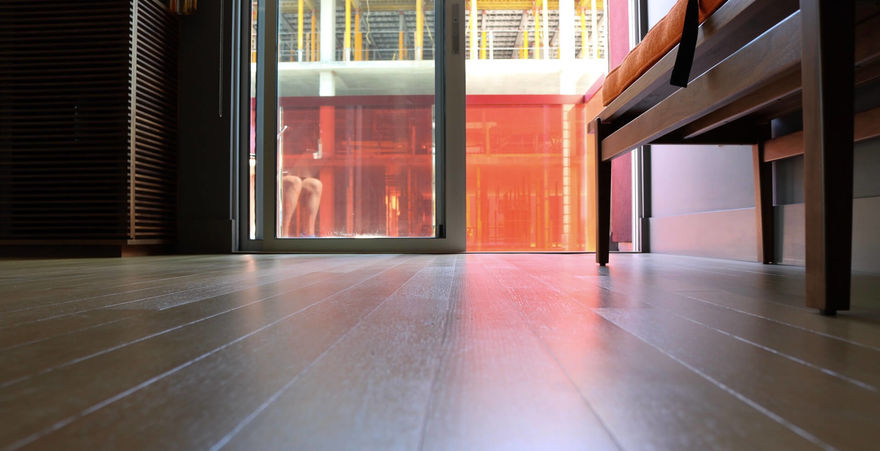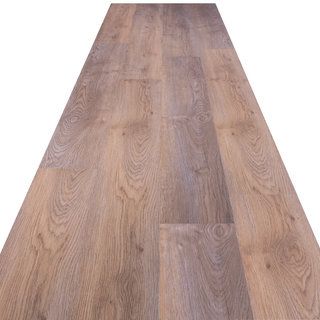
Sale Flooring Direct Blog
Vinyl or Lino - What's the difference?
Posted: 6th November 2017

As one of the UK’s leading flooring solution specialists, we are able to offer advice on a wide variety of flooring related queries. Many of our satisfied customers have asked “What’s the difference between vinyl and lino flooring”.: As we’ve been asked this so often, we thought it was about to time to get the answer down in black and white, in this article.
1. Material
The main difference between vinyl and lino is their composition. Whilst lino is manufactured from natural materials, vinyl is composed of a synthetic, man-made material.
Lino, or linoleum, can be made from naturally occurring substances such as pine rosin, solidified linseed oil, wood flour, ground cork dust and mineral fillers. Natural characteristics of lino, including its anti-bacterial and biodegradable traits, ensure that it’s a perfect flooring solution for the eco-friendly minded among us.
Commonly known as PVC (Polyvinyl Chloride) vinyl, can be described as a durable and versatile synthetic material. This versatility allows vinyl to be rigid or pliable, thick or thin. Vinyl is available in pretty much any colour we’d like.
2. Upkeep
One of the most important factors to consider when choosing a flooring solution is how easy it is to clean and maintain. Whilst both vinyl and lino are fairly easily cleaned and maintained, one of them has the upper hand when it comes to upkeep.
Vinyl’s durable nature means that whether you hoover, wet clean with a mop or sweep with a dry brush, it’ll stand up to years of cleaning. One of the strongest properties of vinyl is its resistant to moisture, making a perfect choice for bathrooms and kitchens.
Lino, whilst also very easy to clean, requires a little more due care and attention when it comes to maintenance. This is due to the natural properties of lino, and when it comes to cleaning, we’d recommend using natural detergents.
3. Style Range
As we mentioned before, Vinyl’s versatility allows us to define exactly how we want it to look. So, the choice of styles and designs is extensive. You’ll be able to find any number of styles that can lend itself well to your current interior design, furnishings and décor. Vinyl designs can mimic stone, wood, mosaic and tiles proving popular.
Lino, on the other hand, offers a much more limited range of styles and designs, again due to its natural properties. However, the colours and patterns on lino run much deeper into its composition that vinyl, ensuring that lino has a longer wear life. In essence, the colours and patterns on lino can stand up to more foot traffic that vinyl.
4. Installation
When it comes to discussing “the difference between vinyl and lino”, we have to give mention to installation. This is because the difference is quite significant. Vinyl is far easier to lay than lino, so much so that you can do it yourself. We’d recommend that you limit DIY installation to simple, relatively small living spaces, and perhaps seek a professional for larger, more uniquely shaped rooms.
With lino, we’d recommend hiring a professional for the installation as it requires a lot of skill, and can get very awkward for DIY enthusiasts. Not only is vinyl easier to install, without the required costs of a fitter, it can be significantly cheaper than lino.
So, now that we’ve answered the frequently asked question of “What’s the difference between vinyl and lino”, we’ll leave it to you to decide which is best for your living spaces. If you’ve decided already that vinyl is the one for you, have a browse through our extensive range of vinyl flooring.
Have other questions for us? No problem, we’d be happy to help you contact us today.








